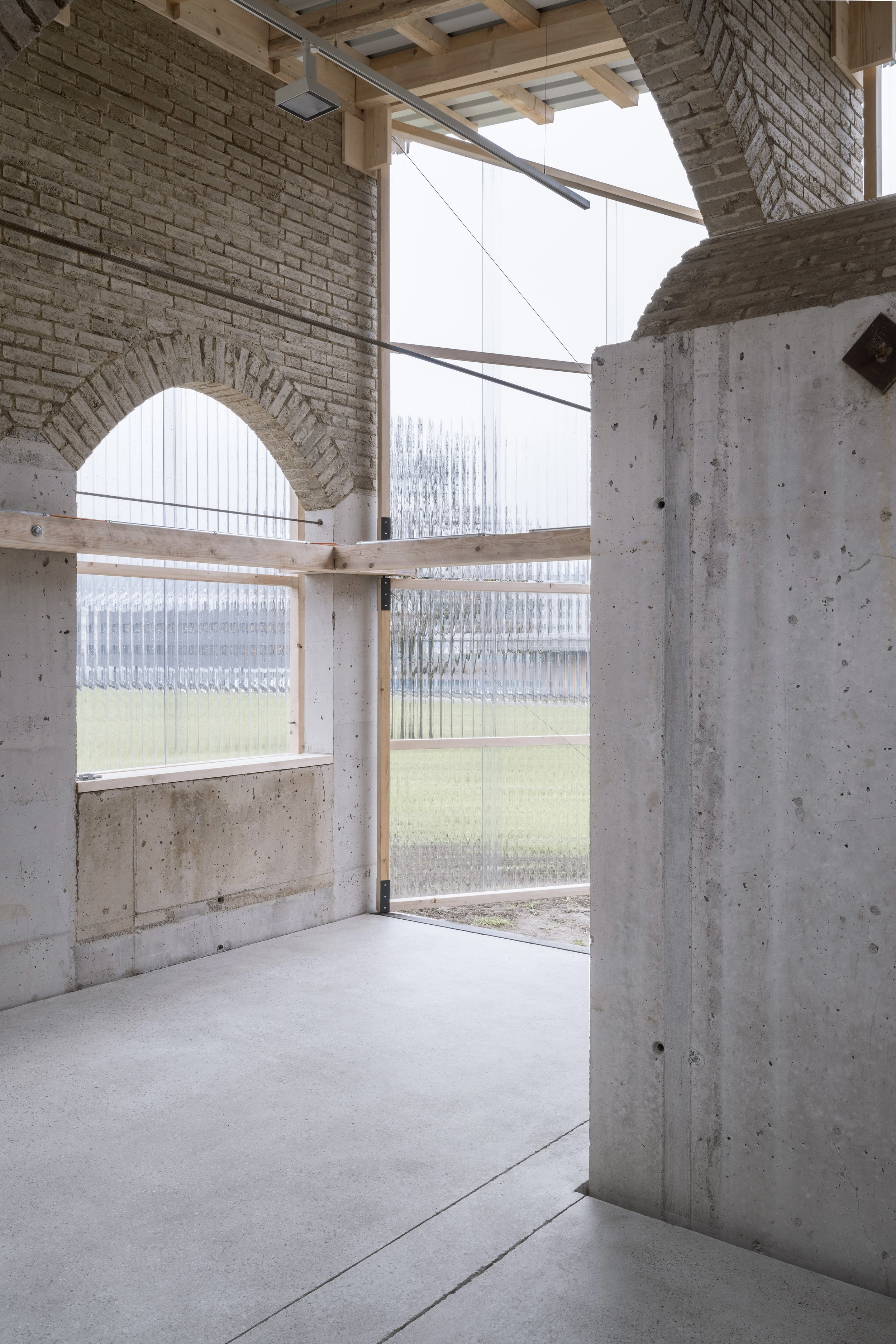Cooperation and innovation as key drivers for sustainable construction at Swiss Prime Site
How can the construction industry transition from a linear economy to a circular one? This question is also highly relevant for real estate companies. Martin Pfenninger, Head of Group Sustainability at Swiss Prime Site (SPS), explains how clear goals and early innovative approaches can help realise sustainable construction. Swiss Prime Site is one of the partners supporting the MANAL project, making circularity tangible.
Early-defined sustainability ambitions as the key to success
Swiss Prime Site (SPS) places great importance on defining sustainability ambitions early in the project. Especially in the real estate and construction sector, it is crucial to set concrete goals from the beginning that consider both ecological and economic factors. Early planning ensures that sustainable solutions and measures are systematically integrated into the construction process and aligned with partners and the project team. Working with partners who share the same ambitions is essential in this process.
Martin Pfenninger, Head Group Sustainability Swiss Prime Site
The challenge of transitioning to a circular economy
One of the biggest challenges for SPS as a developer, and for the entire construction industry, is transitioning from a linear to a circular economic system. Currently, construction operates primarily on linear processes: raw materials are consumed, and at the end of their lifecycle, they are discarded. The shift to a circular economy requires rethinking beyond existing roles and system boundaries. It is crucial to rethink both technical and ecological cycles, as well as the concept of responsibility. Partnerships and collaborations play a vital role in accelerating this transformation. This is why SPS is a co-initiator of the “Kreislauforientiertes Bauen Charta”, aligning its efforts with the concrete ambitions outlined for 2030. Established certification systems are also used to ensure a minimum standard of sustainability in nearly every construction project, providing a unified reference framework. A central challenge remains the availability and interpretation of data in the context of life cycle assessments and circularity. Improving the measurability of circular economy principles in construction projects is essential for establishing long-term sustainable solutions.
Cooperation and innovation as drivers of sustainability
At Swiss Prime Site, innovation is a central driver for advancing its sustainability strategy. The company uses various channels and methods to engage its stakeholders. From investors to tenants, different tools are employed to make sustainability tangible and understandable while driving it forward together. One current example is the "Green Leases," which embed sustainability aspects directly into lease agreements. This allows property owners and tenants to develop common priorities, agreeing to sustainable practices such as using renewable energy or choosing eco-friendly materials when expanding rental spaces. It’s a next-level stakeholder dialogue.
“We must rethink technical and ecological cycles, as well as responsibility.”
MANAL: Circular economy you can see and touch – A building block for the future
For Pfenninger, it’s clear that the MANAL project makes the circular economy tangible. The pavilion provides a hands-on demonstration of how product innovations can promote sustainable building. It showcases how recycled building materials and innovative products, such as those developed by Oxara, can be used. MANAL serves as a flagship project that illustrates the possibilities of circular construction and demonstrates how theoretical approaches can be applied in practice. For SPS, participating in MANAL was a natural decision to underscore their commitment to circular building.
Cement and concrete as key elements of decarbonisation
Cement and concrete are central when it comes to decarbonising the construction industry. The CO₂ emissions generated during the production of these materials are significant, which is now widely known. The development of alternative building materials, like those from Oxara, is a crucial step toward reducing CO₂ emissions and realising the vision of buildings as material and component depots. Swiss Prime Site believes that there won’t be just one solution to drive decarbonisation. A variety of approaches and innovations will be needed across the entire value chain to achieve Net-Zero goals.







